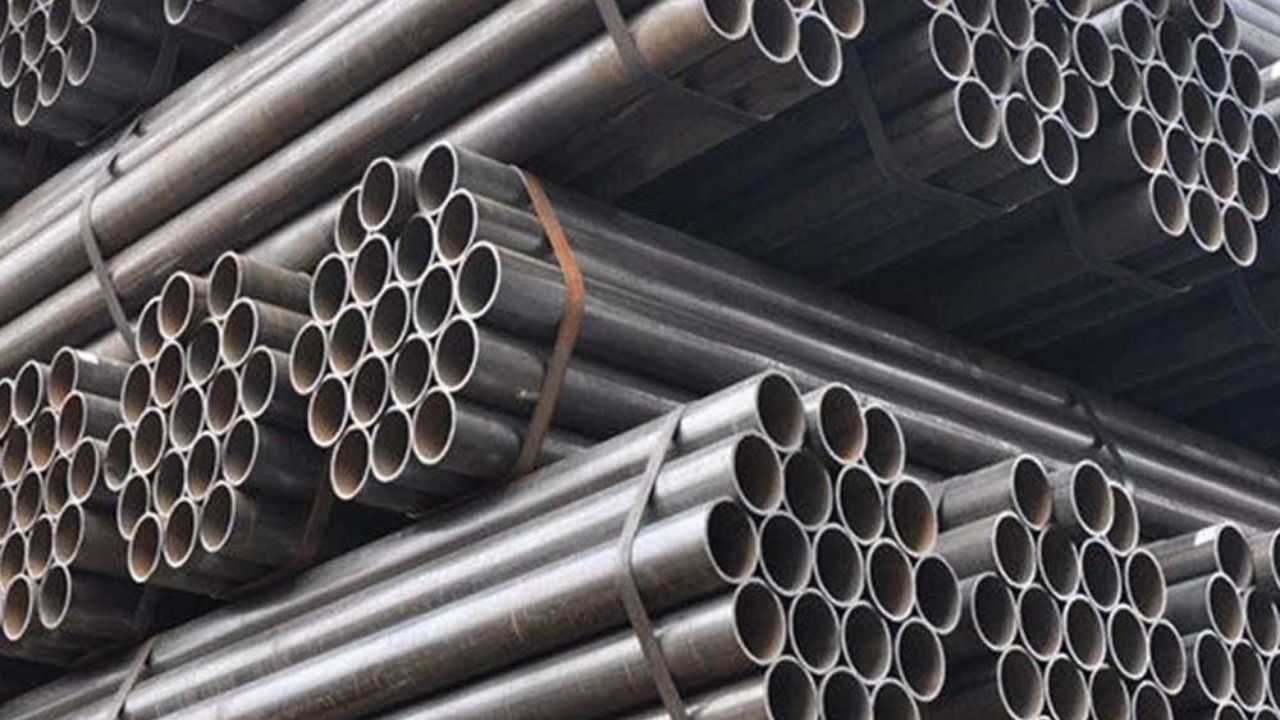In choosing a carbon steel pipe metal to be used in a commercial or industrial setup, two standards are mostly used as a reference, namely the ASTM A53 and ASTM A106. Both pipes are extensively applied and provide reliable action. But they have applications in different aspects. Differences Between A53 and A106 Pipes are important to have in mind when project managers, engineers, as well as procurement professionals make informed decisions that correspond to their line of operation.
Knowledge of the ASTM Standards
Both ASTM A53 and ASTM A106 standards are developed by ASTM International, which states the specifications of carbon steel pipes. Although they have some common characteristics, e.g. them being composed and available, the inherent variation appears in their application purpose and functioning in various conditions. ASTM A53 is simply fresh when it comes to mechanical and pressure use, where either welding, threading, or flanging is used. It finds application in low and moderate pressure systems and environments where high temperature is not a priority concern. ASTM A106, though, is specifically developed to be subjected to high temperatures. It has to be used in more demanding applications, i.e., power plants, refineries, and boilers, because of its chemical form and mechanical characteristics.
Production and Material Implications
The ASTM A53 pipe comes in seamless and welded variants. The seamless version is manufactured through heating and shaping of a solid billet, and by bending and welding steel plates together seamless version is produced. This adaptability of manufacturing processes helps the reason why ASTM A53 products can have many applications. The pipes picked are designed for manufacturing according to ASTM, seamless A106 only. This smooth construction permits the homogeneous construction and superior strength, which is of high importance in conditions of high temperatures and pressures. Unified grain configuration and the lack of fusion welds make A106 pipes suitable for stressed and high-stress systems.
Application Scenarios
The right decision to be made between A53 and A106 usually depends on which environment the pipe is going to work in. Pipes using ASTM A53 have made the highest in plumbing, water, and structural applications. They are economical and easy to manufacture, so they are applicable in the casual transportation of air, water, and steam that are slightly pressurized. As is illustrated by the example of fire protection systems and municipal piping, A53 pipes are widely used because they are safe and perform well under any standard conditions. The pipes, which are ASTM A106, are more appropriate in more demanding applications, whose concerns rely on temperature and pressure being high most of the time. These are steam lines, petrochemical processes, and industrial heating systems. A106 pipes have a very wide temperature tolerance range, going up to 425 °C, and therefore retain their strength under very hot temperatures of flow, making them safe and uninterrupted.
Factors of Performance and Strength
The term that exclusively defines the characteristics of ASTM A106 pipe is that it has a high degree of mechanical strength. It is made with careful consideration of the chemical composition, and it can satisfy the high-temperature service requirements. It is strong enough to have significant bending, flanging, and forming of the material. Though strictly speaking, ASTM A53 is also more frequently utilised in those environments, when these requirements are not that serious. It has adequate yield strength and tensile capabilities under moderate temperatures and pressure, and therefore makes a good general-use engineering material.
Coating and Surface Treatments
Both A53 and A106 pipes are capable of undergoing the process of coating to get additional corrosion resistance and durability. These are varnishing, oiling, galvanizing, and special coatings such as FBE, 2PE, and 3PE. The Installation Environment and preferred life span of the pipe usually dictate the choice of coating. PandaPipe, being a long-term manufacturer, has an extensive product pool of all types of surface treatments to fit different demands in industry. Regardless of the location system, be it underground installation, exposed pipes, or a plant, coated A53 and A106 pipelines offer more protection and longer life.
Conclusion
Types ASTM A53 and A106 carbon steel pipes have a significant role in industrial infrastructure since they are reliable and multipurpose. They have different applications, developed under different respective manufacturing procedures, and suitability of the product. Professionals are capable of choosing the optimal option by calculating the needs of the targeted project environment and learning the advantages of any type of pipe. Over the decades of the backbone experience in manufacturing and also a strong commitment to quality, PandaPipe has been assisting international projects with pipes that are equal to or above the international standard.


